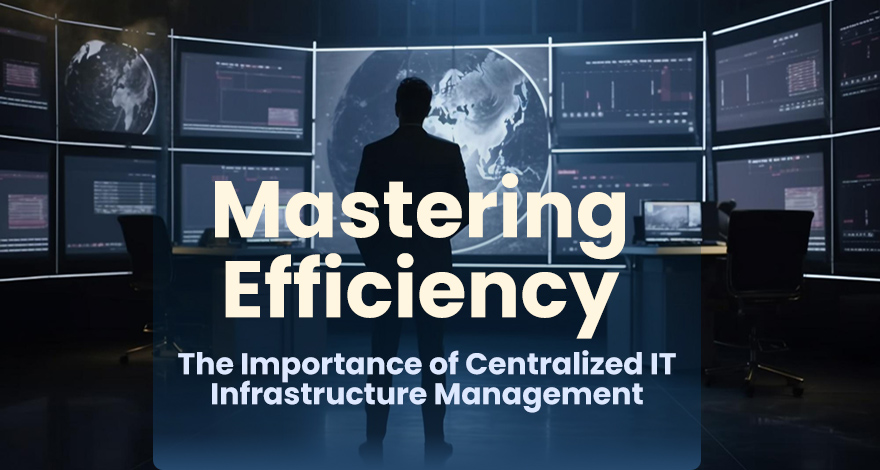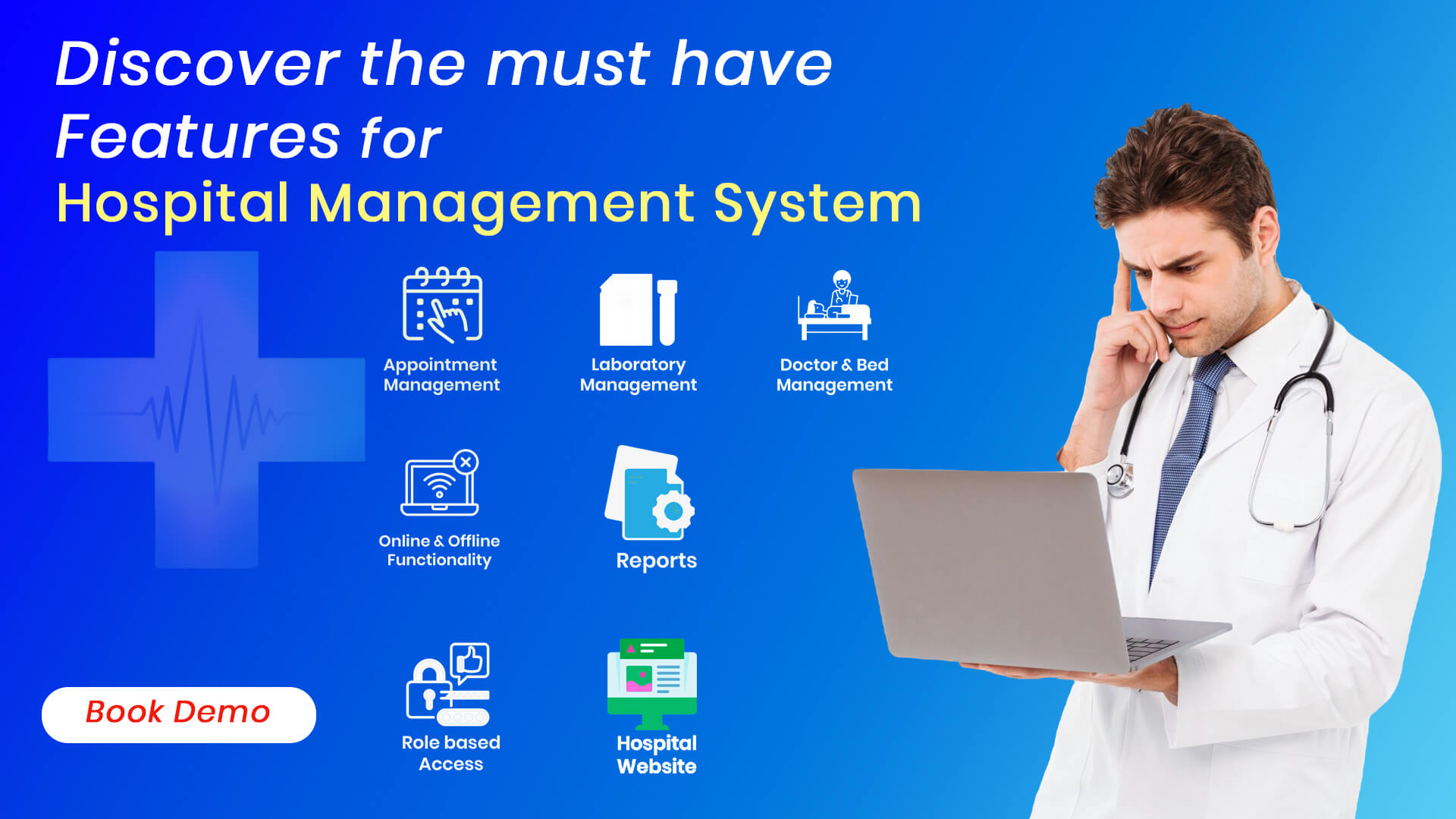Mastering Efficiency: The Crucial Role of Centralized IT Infrastructure Management
Introduction
In today's interconnected world, businesses rely heavily on their IT infrastructure to function efficiently. IT infrastructure encompasses the hardware, software, networks, and data centers that underpin every aspect of modern operations. Managing these complex systems effectively is a paramount concern. This blog explores the significance of centralized IT infrastructure management and why it's a strategic imperative for organizations aiming to thrive in the digital age.
What is IT Infrastructure Management
IT infrastructure management involves the planning, monitoring, maintenance, and optimization of an organization's technology assets and resources. This includes servers, storage, networking equipment, cloud services, and more. Centralized IT infrastructure management refers to the practice of consolidating these activities into a single, cohesive framework or platform.
The Crucial Role of Centralized IT Infrastructure Management
-
Streamlined Operations: Centralization eliminates the chaos of managing IT infrastructure across multiple silos. It allows IT teams to operate more efficiently by providing a unified view of all resources, enabling faster issue detection and resolution.
-
Cost Optimization: By centralizing management, organizations can identify underutilized resources, reduce redundancies, and optimize capacity planning. This leads to significant cost savings in terms of both infrastructure and operational expenses.
-
Enhanced Security: In the age of cyber threats, security is paramount. Centralized management provides better control and visibility over security policies and measures, helping organizations protect sensitive data and respond quickly to threats.
-
Improved Scalability: As businesses grow, their IT infrastructure must scale accordingly. Centralized management ensures that scalability is a seamless process, allowing for the easy addition of resources and services as needed.
-
Higher Availability: Downtime is costly and disruptive. Centralized IT infrastructure management includes proactive monitoring and maintenance, reducing the risk of unplanned outages and ensuring high availability for critical systems.
-
Compliance and Governance: Many industries face stringent regulatory requirements. Centralization simplifies compliance efforts by providing a centralized repository for documentation and ensuring that policies are consistently applied across the organization.
-
Better Resource Allocation: With a holistic view of infrastructure, organizations can allocate resources more effectively. This involves optimizing workloads, ensuring that the right resources are assigned to the right tasks, and minimizing waste.
-
Data-Driven Decisions: Centralized management generates valuable data and insights about infrastructure performance and usage. These insights empower organizations to make informed decisions, plan for future needs, and invest in technologies that align with their strategic goals.
Why Centralize IT Infrastructure Management?
Centralizing IT infrastructure management brings several key benefits:
-
Consistency: Centralization ensures consistent processes and practices across the entire IT environment, reducing errors and promoting standardization.
-
Efficiency: Teams can collaborate more effectively when they have access to the same information and tools, streamlining workflows and decision-making.
-
Automation: Centralized management often includes automation capabilities, allowing for tasks like provisioning, monitoring, and scaling to be automated, further improving efficiency.
-
Scalability: A centralized system can easily accommodate the growth of an organization's infrastructure without increasing complexity.
-
Security: Centralized security policies and measures are easier to enforce, reducing the risk of vulnerabilities or breaches.
Conclusion
Centralized IT infrastructure management is more than just a trend; it's a strategic necessity in the digital age. It empowers organizations to optimize operations, reduce costs, enhance security, and make data-driven decisions. By embracing centralization, businesses can ensure that their IT infrastructure remains a robust and flexible foundation for their success, no matter the challenges of an ever-evolving technology landscape.




